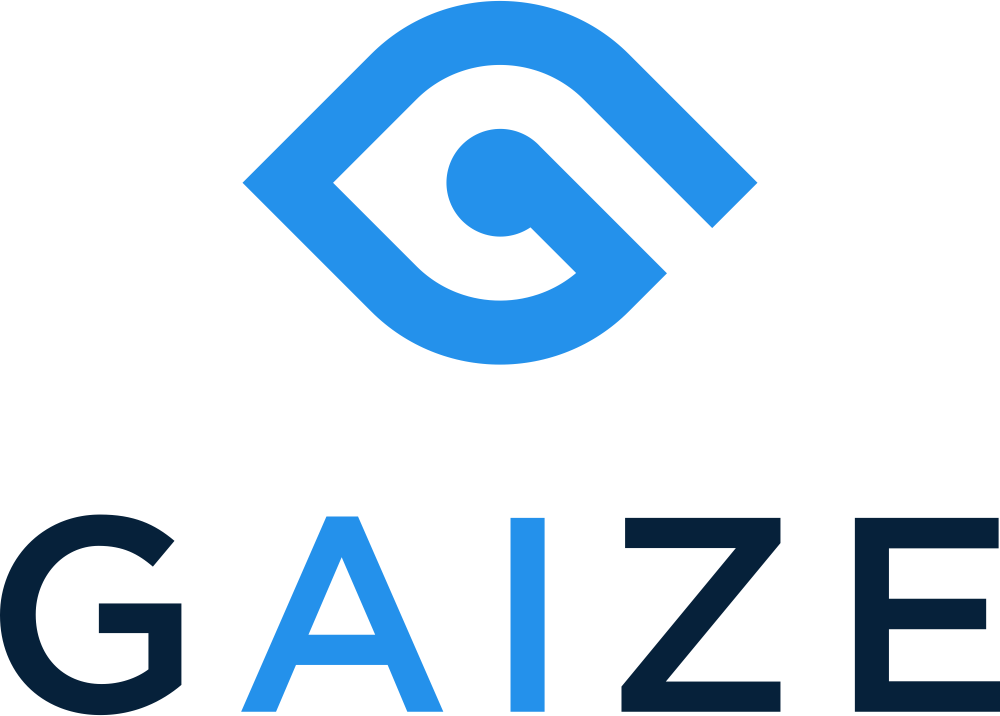The Rising Costs of Workplace Accidents
The Rising Costs of Workplace Accidents: How Impairment Detection Can Save Lives and Budgets
Workplace safety isn’t just a moral responsibility—it’s a financial imperative. Accidents in the workplace impose staggering costs, from direct medical bills to indirect losses in productivity and morale. As businesses face mounting pressures to mitigate risks, the role of impairment detection technology has become increasingly critical. This post will explore the rising costs of workplace accidents, their preventable nature, and how impairment detection solutions like Gaize can transform workplace safety.
The Economic Toll of Workplace Accidents
The numbers paint a stark picture: in 2022, workplace injuries and illnesses in the U.S. cost a staggering $167 billion, according to the National Safety Council (NSC) (Sources: Home, Injury Facts).
This figure encompasses:
$50.7 billion in lost wages and productivity
$37.6 billion in medical expenses
$54.4 billion in administrative costs
The average cost of a medically consulted injury reached $44,000, while a single workplace fatality imposed an average economic burden of $1.4 million (sources: Home, Injury Facts). These figures represent not only the financial loss but also the human toll of workplace incidents.
In high-risk industries such as construction, transportation, and warehousing, the stakes are even higher. In 2022, construction alone reported over 1,018 fatalities, with a fatality rate of 9.2 per 100,000 workers (source: Injury Facts). Similarly, transportation and warehousing faced a fatality rate of 12.9 per 100,000 workers, underscoring the urgent need for improved safety measures.
Beyond Dollars: The Hidden Costs of Accidents
While financial losses are substantial, they are only part of the equation. Workplace accidents also lead to:
Decreased Morale: Teams affected by serious injuries or fatalities often experience fear, stress, and reduced productivity.
Operational Disruptions: Injuries can result in downtime, delayed projects, and strained resources.
Reputational Damage: Businesses that fail to ensure safety risk losing trust among employees, partners, and the public.
The ripple effects of these hidden costs can extend far beyond the initial incident, reinforcing the necessity of proactive prevention strategies.
The Link Between Impairment and Accidents
Impairment—whether due to substance use, fatigue, or medical conditions—is a leading factor in workplace accidents. Studies have shown that employees under the influence of drugs or alcohol are significantly more likely to be involved in incidents:
Workers who test positive for marijuana are 55% more likely to cause accidents, according to the National Institute on Drug Abuse (source: NIDA, Injury Facts).
Substance abuse contributes to 65% of on-the-job fatalities, highlighting its pervasive impact (sources: Injury Facts, Injury Facts).
In addition, fatigue-induced impairment has been equated to having a blood alcohol content of 0.05% to 0.10% BAC, beyond the legal limit for alcohol intoxication in most states (source: CDC). Addressing these risks requires innovative solutions that go beyond traditional testing methods.
Traditional Testing vs. Impairment Detection
For decades, workplace safety programs have relied on chemical drug testing methods like urinalysis or oral fluid testing. However, these approaches are inherently limited:
Lagging Indicators: Conventional tests detect the presence of substances but cannot assess current impairment. This is true for all chemical tests, including so called “recent use tests” like oral fluid.
Privacy Concerns: Employees may perceive chemical drug testing as invasive, particularly for substances like cannabis that remain detectable long after use. The prevailing opinion is now that employers have no right to investigate their employees’ bodies.
Legal Challenges: As cannabis legalization spreads, companies face growing pressure to balance safety with employees’ rights. Telling an employee in a cannabis-legal state that they can’t use cannabis is like telling an employee that they can’t have a beer after work.
Impairment detection technology offers a powerful alternative. By measuring real-time physiological and behavioral indicators, tools like Gaize enable employers to assess whether workers are fit for duty at the current moment, when it really matters. Since impairment detection technology is not looking for drugs or drug metabolites in the body, there is no need for a sample of body fluid - a significant privacy concern for many.
How Impairment Detection Saves Lives and Budgets
Impairment detection solutions address the root cause of many workplace accidents: diminished cognitive and physical function. Here’s how they deliver measurable value:
Accident Prevention: Detecting impairment before it leads to an incident protects lives and prevents costly injuries.
Increased Fairness: Objective assessments reduce biases and ensure that employees are evaluated based on performance, not assumptions.
Regulatory Compliance: Modern systems align with evolving legal standards, reducing the risk of litigation.
Cost Savings: By averting accidents, impairment detection technologies help businesses avoid the direct and indirect costs of workplace incidents.
For example, companies implementing advanced safety measures have reported up to a 30% reduction in workplace injuries, translating to millions in annual savings (source: Injury Facts).
Realizing a Safer Future with Gaize
As the workplace evolves, so must our approach to safety. Gaize’s impairment detection technology leverages cutting-edge ocular analysis to provide real-time insights into employee fitness for duty. By integrating Gaize, employers can leverage the latest science and technology to ensure accuracy and reliability in identifying drug impairment.
A Call to Action
Workplace accidents are NOT inevitable. They are preventable with the right tools, policies, and commitment to a rigorous safety culture. As the cost of inaction continues to rise, businesses cannot afford to overlook the transformative impact of impairment detection technology. By investing in these solutions, companies can protect their employees, safeguard their budgets, and lead the way in creating a culture of safety.
The following calculator can be used to estimate the costs of workplace accidents due to impairment and the savings to be found with impairment detection technology.
Cost Savings Calculator
How much could you save by adopting impairment detection technology?

